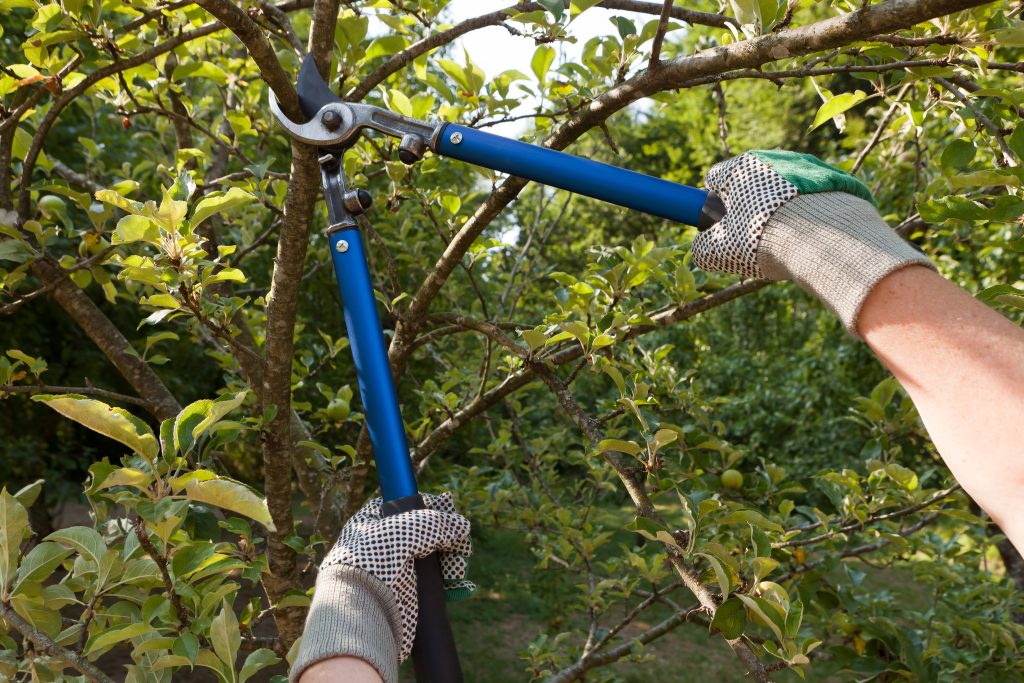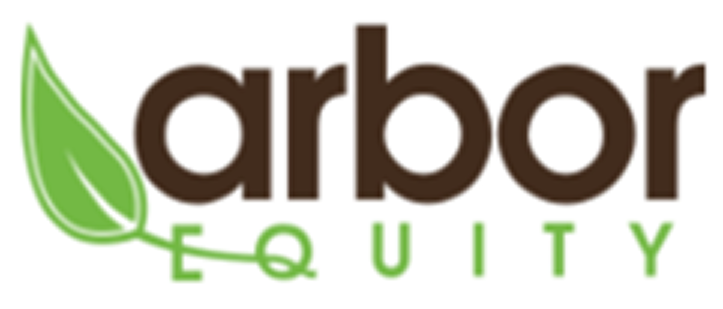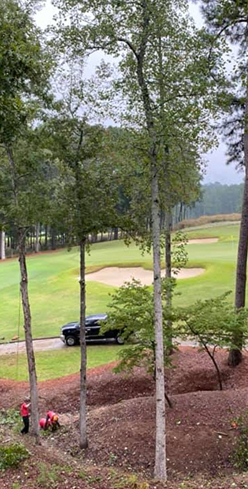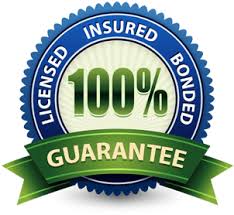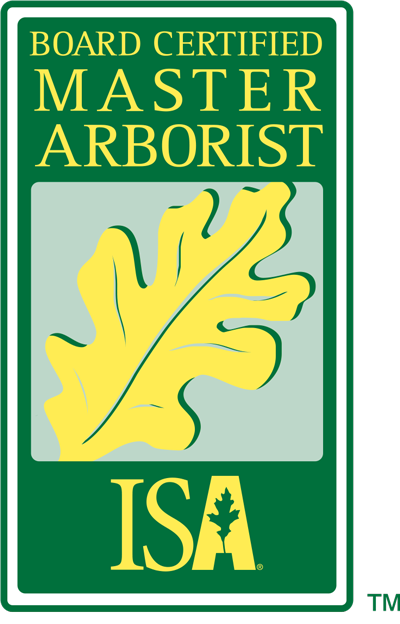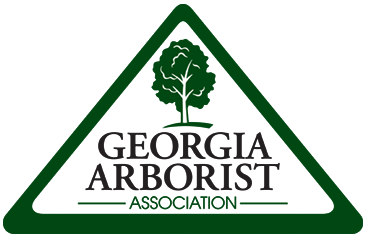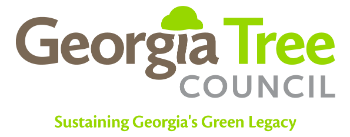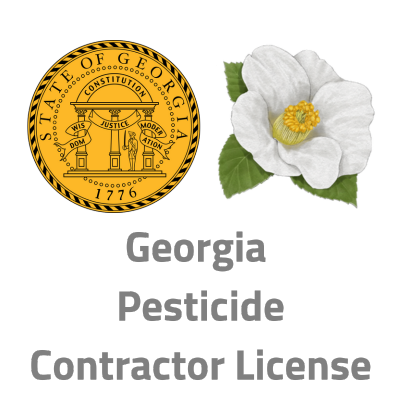Wondering if your tree needs pruning? This guide will help you identify the key signs so you can keep your trees healthy and your property safe. At Arbor Equity, based in Georgia, our certified, professional arborists are here to assist with all your tree care needs.
Key Takeaways
- Regular tree pruning helps prevent property damage and safety hazards while also supporting overall tree health.
- Dead or overgrown branches should be pruned promptly to avoid injury and let the tree direct its resources to healthier areas.
- Monitoring for disease, pests, and unbalanced growth ensures timely action, promoting long-term stability and a more attractive landscape.
1. Overgrown Branches Invading Structures or Utility Lines
Tree pruning is essential when branches grow excessively, creating risks to property and personal safety. When branches touch your house—especially during strong winds—they can damage the roof, siding, or windows. By trimming overgrown limbs, you reduce the likelihood of costly damage. Branches that reach utility lines can disrupt electricity or even spark fires. Pruning these risky branches not only improves appearance but also helps maintain a safe environment around your home and community.
Professional Tip (Georgia-Specific)
In Georgia, where storms can be frequent, it’s especially important to keep branches away from power lines. Always call a licensed arborist or your power company to handle any branch trimming near utility lines.
Tree Branches Encroaching on Buildings
Tree limbs brushing against your house pose a serious risk of damaging roofs, siding, or windows during high winds. Regular trimming helps avert expensive repairs and preserves your home’s curb appeal.
It’s wise for homeowners to periodically assess how close tree branches are to their structures and take steps to protect their property.
Tree Branches Near Power Lines
Branches near power lines can lead to outages, increase the risk of fires, and cause issues if they break or disrupt nearby trees. If you see limbs growing too close to utility lines, contact your electric provider or a certified arborist. Pruning around power lines is dangerous and should only be done by qualified professionals.
2. Dead or Dying Branches
Dead or dying branches are a clear sign of tree distress. They often appear dry, brittle, and leafless, making them easy to spot. Falling dead branches pose a safety risk to people and property, especially during storms. Pruning removes these problematic limbs, allowing the tree to focus nutrients on healthier branches.
Safety Risks
Dead branches can fall unexpectedly, potentially harming people, animals, or property. When these branches are near buildings, they can damage roofs, windows, and siding, leading to costly repairs.
Tree Health
Removing dead branches enables the tree to redistribute nutrients more efficiently, encouraging fresh growth and better overall health. Regular pruning also helps the tree recover from disease or damage and remain structurally sound.
3. Dense Canopy Blocking Light or Airflow
An overly thick canopy can harm a tree’s health—and that of nearby plants—by limiting sunlight and obstructing air circulation. This dark, moist environment can encourage fungal growth, weaken branches, and make the tree more susceptible to disease and pests. Routine thinning (pruning) of the tree’s interior and canopy restores essential light and airflow.
Impact on Tree Health
Regular pruning prevents a dense canopy from trapping moisture and blocking sunlight, which reduces the risk of infestations, tree diseases and illnesses. Properly spaced branches promote stronger structural integrity.
Effect on Nearby Plants
A dense canopy may also starve surrounding vegetation of vital sunlight, inhibiting their growth. By trimming away excessive branches, more light penetrates beneath the tree, helping smaller plants and shrubs flourish.
4. Visible Signs of Disease or Pests
If your tree displays symptoms such as off-season leaf discoloration, unusual growths, or a fine sawdust-like substance at the base, it could be battling diseases or pest infestations. Addressing these problems early is crucial to avoid further damage and prevent spreading the issue to adjacent trees.
When branches cross and rub against each other, they wound the bark and invite disease and pests. Removing these problem branches using proper pruning techniques—including disinfecting tools between cuts—helps prevent contamination and supports overall tree health.
Diseased or Dead Branches
Diseased branches may show cracked bark, odd growths, or sawdust at the trunk base. Pruning these affected branches off immediately can limit the disease’s spread and safeguard both the affected tree and nearby plants.
Pest Infestations
Common indicators of infestations include browning leaves, peeling bark, and insect trails. Prompt pruning can remove affected areas, improve airflow, and minimize the risk of further pest problems.
5. Crossing or Rubbing Branches
Branches that cross or rub can cause significant damage to a tree by wounding its bark, leaving it vulnerable to infestation and disease. Pruning these branches helps prevent lasting harm and decay. Removing one of the crossing limbs is essential for preserving a tree’s healthy architecture.
Preventing Decay
Regular pruning prevents crossing branches from causing injury to the bark and subsequent decay. This bolsters the tree’s structure and overall resilience.
Structural Integrity
Pruning out crossing or rubbing limbs early helps ensure the tree can grow stronger without developing weak spots. Prompt action supports the tree’s long-term stability and health.
6. Broken or Storm-Damaged Branches
After severe weather—common in many parts of Georgia—inspecting your trees for broken or compromised branches is critical. A tree with storm-damaged limbs is more prone to breakage and further harm in future high winds. Pruning these weak branches aids the tree’s recovery and safeguards against permanent damage.
Cleanup After Storms
Removing broken branches promptly fosters a tree’s healing. Making clean cuts reduces infection risks and promotes faster recovery. Addressing damage swiftly supports the tree’s structural integrity and health.
Promoting Healing
Proper pruning methods are key to helping a storm-damaged tree recover. Clean cuts encourage healthier regrowth, reducing the likelihood of further complications.
7. Unbalanced Growth or Misshapen Trees
Trees with multiple dominant stems or limbs growing in strange directions may require corrective pruning to restore balance. An uneven canopy is more susceptible to wind damage, making expert pruning crucial for both safety and aesthetics.
Pruning not only improves a tree’s appearance but also promotes healthier development. Addressing uneven growth early can prevent future structural problems and ensure the tree remains stable. Regular pruning is important for maintaining a strong central leader branch and preserving the tree’s long-term vitality.
Correcting Shape
Timely pruning supports an attractive form and robust structure. It prevents the development of structural weaknesses and potential hazards later.
Supporting Healthy Growth
By managing unusual growth patterns as they appear, you help the tree grow sturdier and more resilient. Consistent pruning keeps a tree’s shape more well-balanced, healthy, and visually appealing.
Tree Pruning Frequently Asked Questions
What are the 5 rules of pruning trees?
- Prune during a tree’s dormant season when possible.
- Remove weak or damaged limbs first.
- Make proper cuts just above a branch collar or growing point.
- Thin out dense growth to improve light and airflow.
- Maintain the tree’s natural shape and avoid over-pruning.
What happens if you don’t prune a tree?
Neglecting to prune can create hazards, as dead or overgrown limbs may fall and cause injuries or property damage. Overgrown branches can also block sunlight and compromise views, potentially affecting nearby vegetation or even building foundations.
How do I know if my tree needs pruning?
You likely need to prune if you see branches encroaching on structures, dead or damaged limbs, thick canopies blocking light, or obvious signs of disease and pests. Corrective pruning addresses these issues and promotes healthier growth.
Why is it important to prune dead or broken branches?
Removing dead or dying branches from young trees directs the tree’s energy to healthy parts. It also reduces the risk of falling branches causing injuries or property damage.
What are the risks of not pruning branches near power lines?
Untrimmed limbs near power lines can lead to power outages, raise fire risks, and interfere with other vegetation. Always hire a licensed professional or contact your power company to handle these situations safely.
Contact Arbor Equity for Tree Pruning Services in Georgia
Recognizing and addressing the signs that your trees need pruning is essential for their health, safety, and overall appearance. If you see any of these red flags—overgrown branches near buildings or power lines, dead or damaged limbs, thick canopies, signs of disease or pests, crossing branches, storm-related damage, or unbalanced growth—it’s time to act.
At Arbor Equity, we’re proud to serve homeowners and businesses throughout Georgia. Our certified arborists use proper pruning techniques to encourage vigorous growth, help prevent structural issues, and minimize risks of infection or property damage. Don’t wait until small issues become big problems—contact Arbor Equity today to keep your trees healthy, safe, and beautiful for years to come.
